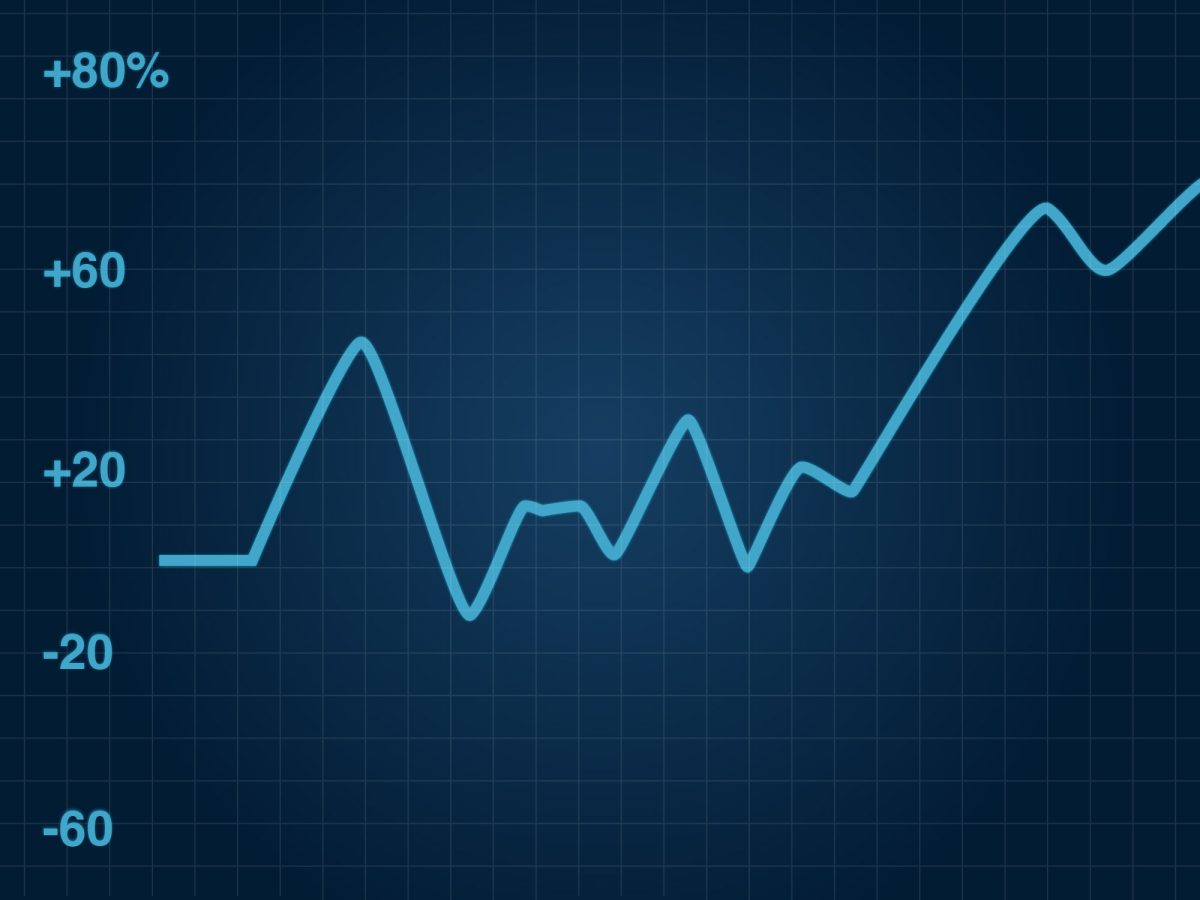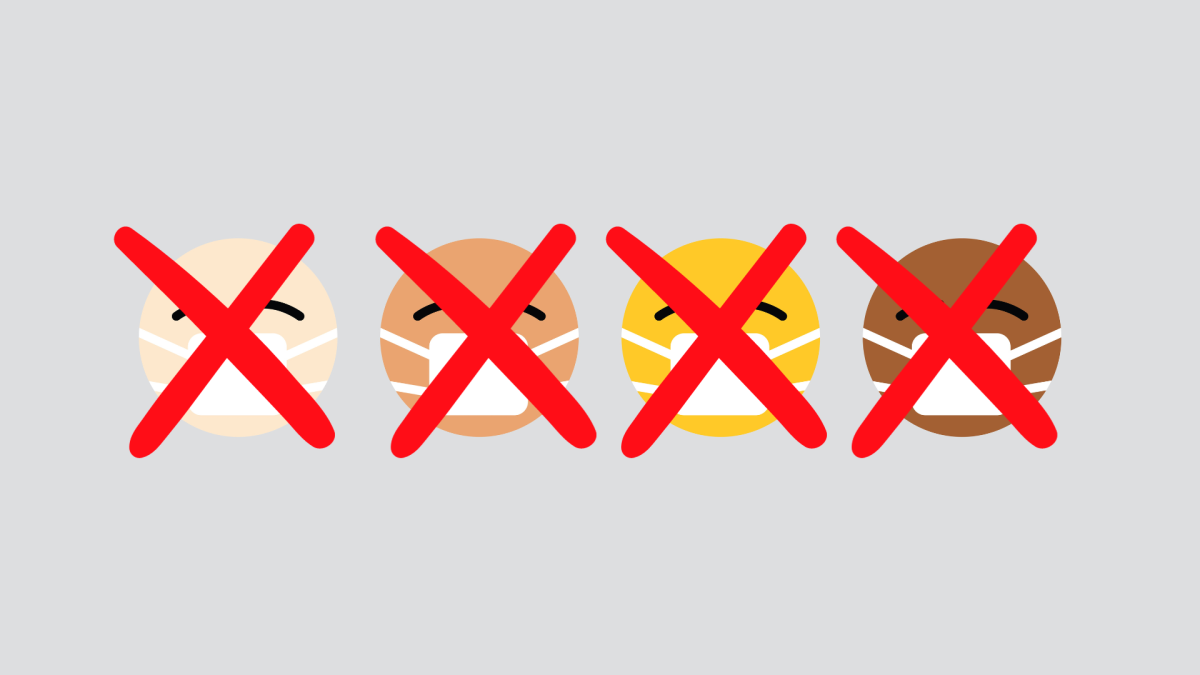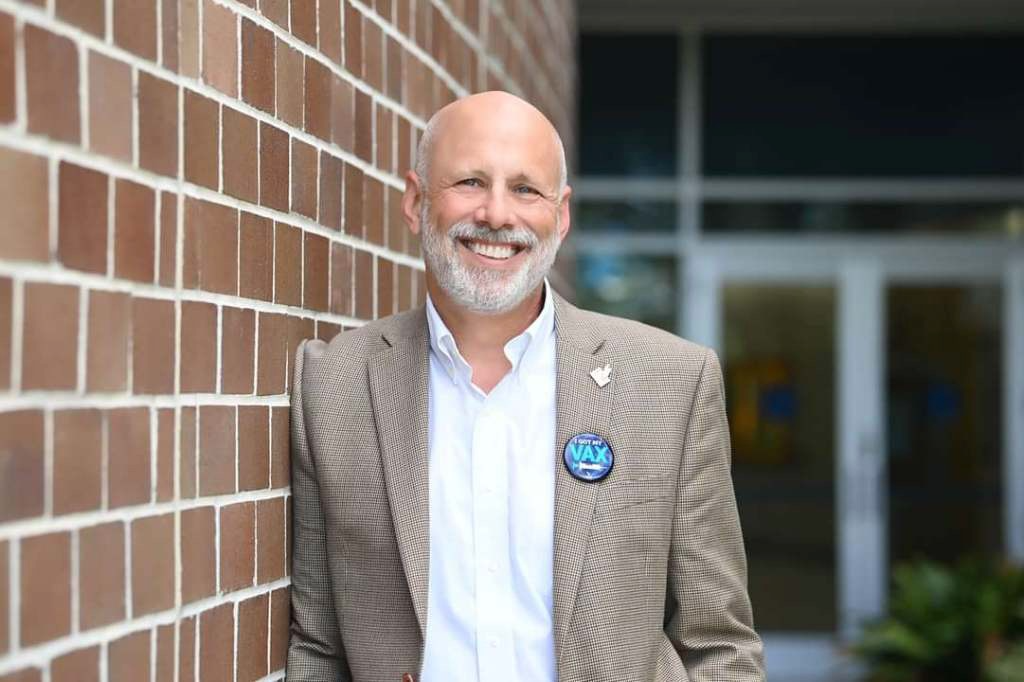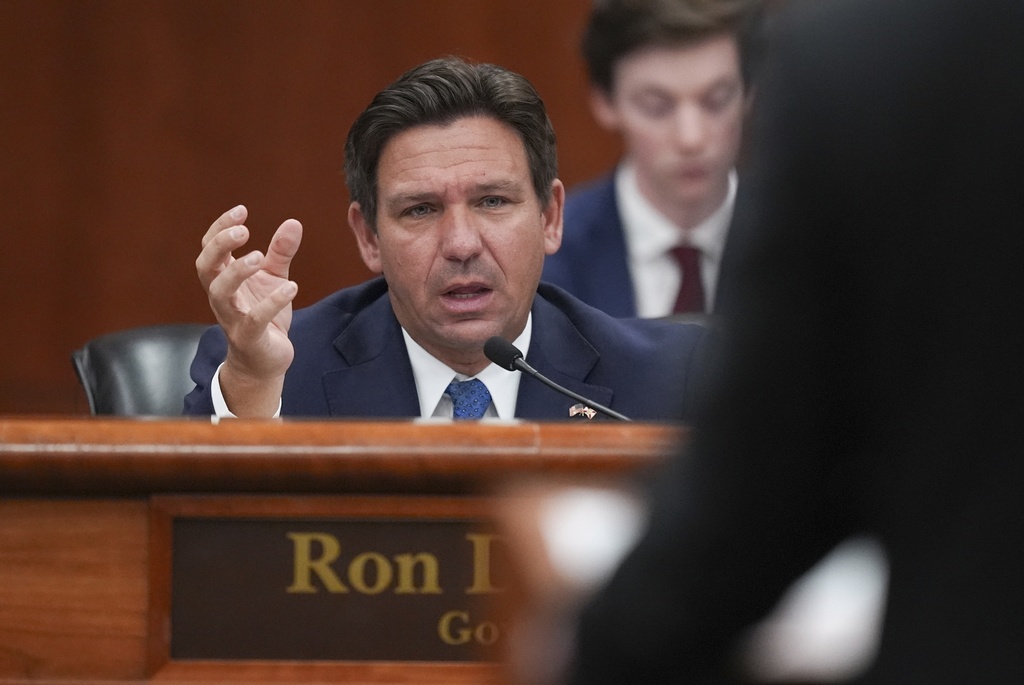The popular coffee chain Starbucks has announced a plan to do away with disposable plastic straws in all of its stores by 2020. This news comes after a wave of other similar measures taken by cities such as Seattle, companies such as Alaska Airlines and Bon Appetit Management, and countries such as Costa Rica.

This news has been positively accepted by most because people are becoming alarmed by the state of the environment. Let’s understand why this step has benefits, and surprisingly, some drawbacks for certain communities.
Of course, banning straws will not solve the plastic problem, but it is a nice step that will be replicated with other plastic utensils and/or elements. It is a good move from Starbucks since it produces more than 1 percent straws per year. Though this number may sound like a lot, we must remember that in the U.S. alone, 500 million straws are used per day, and many end up in our ecosystem.
One primary and well-known example of the plastic problem is the Pacific Trash Vortex, or the Great Pacific Garbage Patch. It is the largest trash vortex in the world, stretching from the West Coast of the U.S. to Japan. It is full of plastic trash and other debris that horrifies environmentalists.
People have been disgusted by the recent videos showing animals trapped in plastic, or animals that have died from ingestion problems because they’ve swallowed plastic. Also, according to the World Health Organization, microplastics (particularly polypropylene) have been found in 90 percent of bottle water – yes, you are also swallowing plastic.
As positive as this step is, there are some worries about this plan. The disabled and physically challenged communities need to use straws. Fortunately, there are alternatives such as straw straws, (foldable) metal straws, glass straws, bamboo straws and so on. Each has the potential to profit eco-friendly companies. Therefore, their mass productions will help greatly.
As a society, Americans must change the plastic culture. As students, there are many simple steps we can take to contribute to this change. Recycle! Buy reusable utensils, use less Styrofoam and more cartons. Don’t be afraid of glass bottles and wooden containers. Finally, ditch the plastic straw and purchase reusable ones. All those steps can be done at home as well.
It is important to keep in mind that getting rid of disposable plastic straws is only a beginning. Companies must do more to solve this plastic waste problem. We the consumers must continue to use our purchasing power to demand more eco-friendly, biodegradable and alternative elements to try reversing the pollution we’ve all contributed to. It is time for the last straw of plastic culture.
—
For more information or news tips, or if you see an error in this story or have any compliments or concerns, contact editor@unfspinnaker.com.















